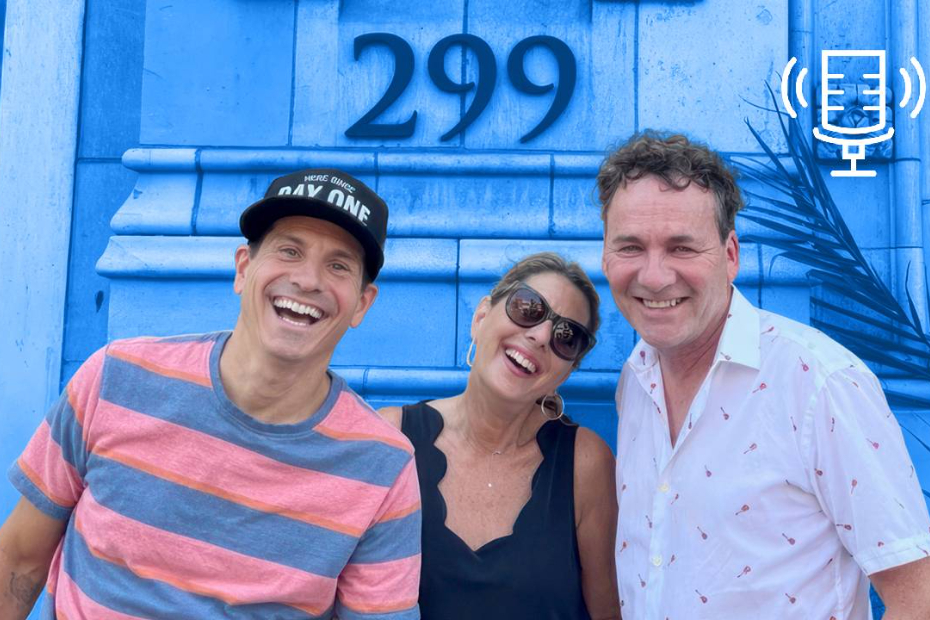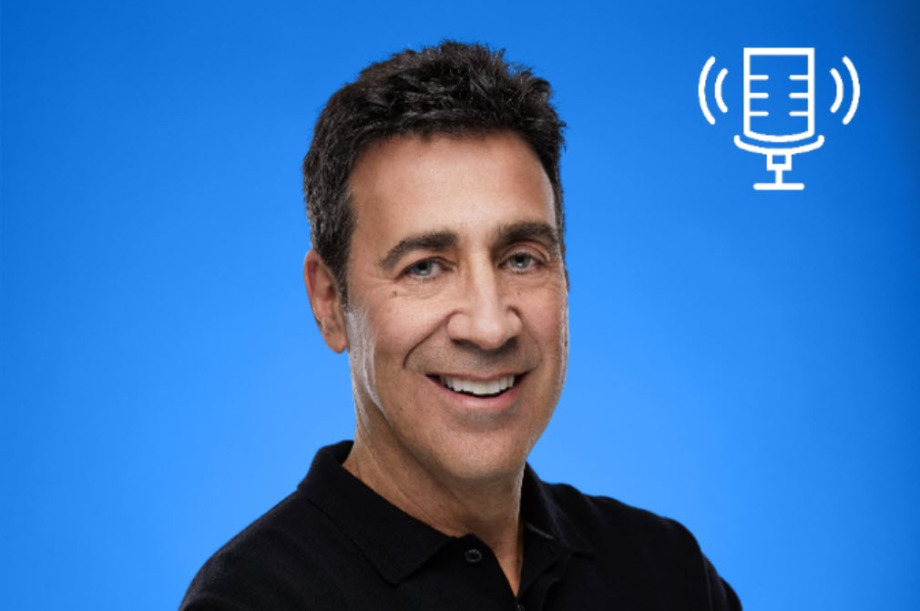November is Financial Literacy Month and it’s the perfect time to reflect on spending habits—with summer in the rearview mirror and the holidays just around the corner.
For many young people, money is tight around these months, which makes saving habits even more crucial. Moreover, adults aged 19-35 aren’t yet earning quite as much as other Canadians. For example, on average millennials earn $71,000 per year compared to Gen X at $102,000, according to Environics Analytics.
Stacy Yanchuk Oleksy, Director of Education and Community Awareness for the Credit Counselling Society says that saving can feel overwhelming on a smaller budget, but it doesn’t have to.
“One of the biggest problems is that we simply don’t track where our money goes, and that’s what ends up breaking us,” she adds.
Here are three areas where your money may be going:
1. Irregular Expenses
Expenses that are not fixed and do not occur every month. For example, an oil change on your vehicle. “Because we don’t plan for them, we tend to pull out our credit card,” says Yanchuk Oleksy.
Solution: Keep track of irregular expenses through an app. Set money aside every month for the average amount.
2. Emergency Expenses
Expenses are not planned for and tend to pop up out of nowhere. For example, a plane ticket to visit a sick relative, or paying a repairman to fix a leaky bathroom.
Solution: Create a rainy day fund and top it up with a tax refund, or put money towards it once a month. The good news is that $1,000 can help you get out of most emergencies, says Oleksy.
Not sure where to start? Check out the our Emergency Fund Calculator.
3. Impulse Spending
These expenses are spur-of-the-moment. For example, when you go into a store to buy a $20 shirt and end up spending $300 on a new outfit. Many times impulse spending can lead to buyer’s remorse.
Solution: Reflect on TEMPO and figure out why you’re spending
- T (Time) – Do I tend to spend more at a specific time of day?
- E (Environment) – Does it depend on the store?
- M (Mood) – Do I spend because I’m bored or happy?
- P (Places) – Are there actual places that I go and spend more money?
- O (Occasion) – Do I spend more at anniversaries or Christmas?
From there try and think of alternatives to this behaviour such as exercising, window shopping or reading a book.
Additional Saving Ideas
- Some other ideas for saving money for any of the aforementioned expenses is filling a two-litre bottle with dimes. You’ll end up with about $700.
- Another option is putting away $39 per paycheque on a biweekly basis. At the end of the year you’ll have $1,000.
- “Or try the 52-week challenge,” says Yanchuk Oleksy. Week one save $1, week two save $2, week three save $3 and continue to the end of the year, after week 52 you’ll have accumulated $1,378.
Try different solutions and see what works best for you. Although, November is a great time to get started, Yanchuk Oleksy says, “Financial Literacy doesn’t begin on November 1 and end on November 30 — it’s a year-round activity of being in control of your money.”
*RBC appreciates the importance of Financial Literacy Month and has once again committed to supporting the Financial Consumer Agency of Canada (FCAC)’s goal of building financial literacy, by publishing our upcoming offerings of Advice Events across the country in the FCAC Financial Event Database. Visit the Canadian Financial Literacy Database for a complete listing of all seminars.
This article is intended as general information only and is not to be relied upon as constituting legal, financial or other professional advice. A professional advisor should be consulted regarding your specific situation. Information presented is believed to be factual and up-to-date but we do not guarantee its accuracy and it should not be regarded as a complete analysis of the subjects discussed. All expressions of opinion reflect the judgment of the authors as of the date of publication and are subject to change. No endorsement of any third parties or their advice, opinions, information, products or services is expressly given or implied by Royal Bank of Canada or any of its affiliates.



















